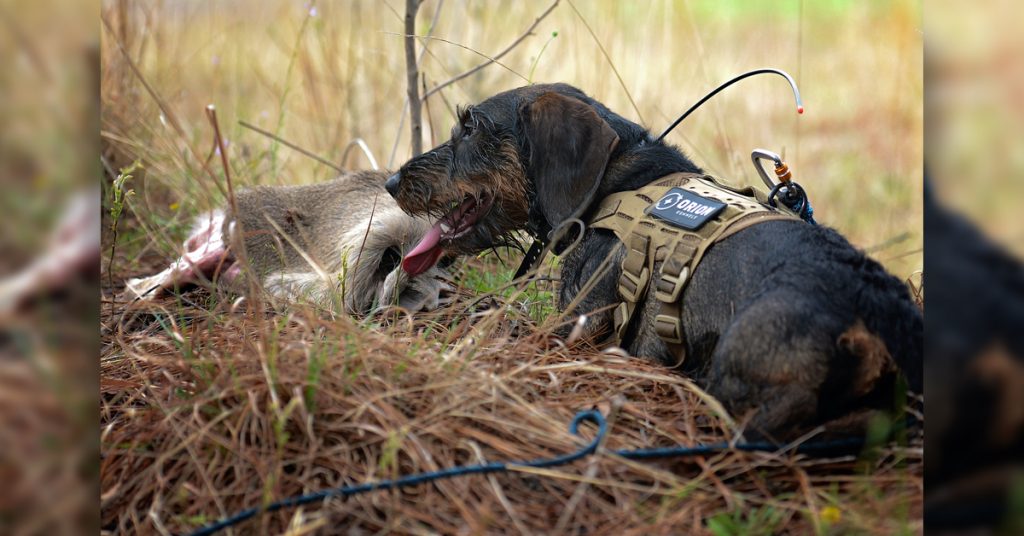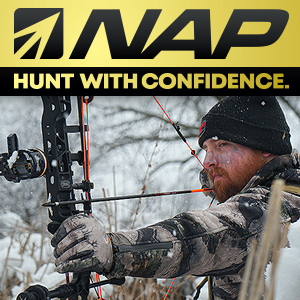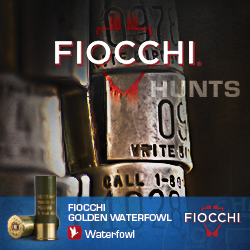Hunting is full of lessons, and one of the best things about it is that you never stop learning. New experiences that make us better hunters are found on every trip if you’re receptive and looking for them, regardless of whether you harvest an animal or not. Sometimes, you need the help of a friend or guide to see them, and tracking dogs are one of the best friends to have to teach us how wounded game actually behaves after the shot, especially on marginally wounded animals. Here in Tennessee, as in many states, tracking must be done on lead, so unlike states where un-leashed tracking can be done, and handlers wait to see on GPS, or hear a dog bay upon the recovery, and just walk to it, handlers on lead have a better chance of seeing all the sign along the way from the hit site to recovery site. Drops of blood (or lack of it), beds, terrain changes, brush, distance, time – they all yield clues.
For visual learners like me, the amount of information you can see and translate to an outcome is staggering in just one season, and it is why seasoned tracking teams become such valuable resources to the hunting community.
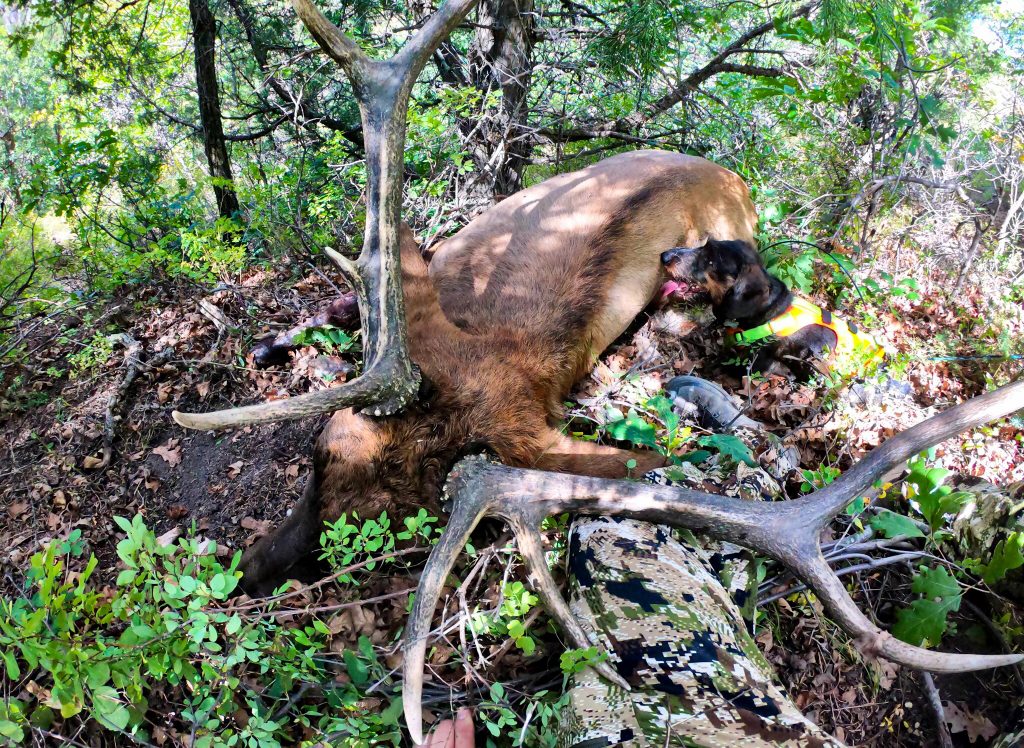
Tracking for the public with my teckel, Jaeger, for three years has taught me more about wounded game behavior than my 30+ years of hunting ever did. That’s largely because, like most hunters with decades of experience, I still only personally had a couple of mystery, ‘the one that got away’ stories. We’ve all been there, and we never forget them. Yet, once the word is out about a talented tracking dog, with the thousands of hunters in the field every day, the odds shift, and you could get to help others in that same situation almost daily across a state if you wanted to.
Hopefully, you’ll never need the help of a tracking team, and everything you shoot falls within sight with an easy-to-follow blood trail. I’m here to tell you it doesn’t always work that way, and when that sinking feeling in your stomach sets in, maybe something here will help you decide to tilt the odds in your favor.
Here are the Top 5 Lessons That Tracking Dogs Teach Us that will help you make that decision.
1) Time Matters
Giving a deer time after the shot always increases the odds of recovery. Hunting is a game of probability and statistics. We, as hunters, are constantly trying to improve our chances of a successful harvest. That’s true both before the shot opportunity and after the shot to make a recovery. General guidance is to wait for a half-hour after a shot to look. I will caveat that if you don’t see the game fall, wait at least an hour – longer if you can. If your buck is dead within an hour, he’ll still be dead within 4 hours. If he’s not dead within an hour, and you bump him from his first bed, the odds of recovery start to fall quickly. The majority of mortally wounded deer will bed within the first 250 yards if left undisturbed. If you give it enough time, even if still alive when you track it, it may be weakened enough for a follow-up shot hours later, where if it’s within an hour, it will still have the strength to get up and run. Moreover, a wounded deer that’s been bumped can quickly cover a half-mile or more when still strong. That may bump it off of your property, and it also lays a larger coyote cast net than just giving it all the time you can to expire in its first bed. They can track your deer just as good as Jaeger can. Once a deer has been bumped once, or you find one empty wound bed, back out and wait 6-12 hours, and it’s a good time to enlist the help of a dog.

2) When ‘Good Blood’ is ‘Bad Blood’
‘I got good blood’ is something trackers hear a lot. If it was good, you wouldn’t need our help. Despite what you may think, a blood trail that goes on for hundreds of yards with no beds is not a good thing. That’s generally the sign of a good flesh or leg wound, and the deer is simply running or walking away, or you’re pushing it. Lower leg wounds, high back, shoulder, ham, etc all can bleed consistently for quite a distance. Low brisket shots bleed a ton and deer bed frequently but are rarely recovered. If you’ve traveled hundreds of yards from a hit site and even if the blood is still obvious, back out, and wait 6-12 hours, and it’s a good time to enlist the help of a dog. The ‘good blood’ calls are usually the tracks that get called off after going a mile or more, and the hunter calls back in a few weeks with a picture of the deer they shot alive and well on a game camera.
3) Bone Is Not Good Sign
‘I got bone’ means a leg hit 90+% of the time and low odds of recovery (on lead). Everybody wants to shoot their deer broadside through the vitals, and therefore everybody thinks that when they find bone at a hit site, that is it from the ribs. Unfortunately, that’s not the case, and usually it’s leg bone. If you find bone with any curvature to it, on the outside or inside where it’s hollow, it’s from the leg. If you shoot a deer through its upper leg on the body, you may get bone from the exit leg, but it’s highly unlikely you’ll need a dog to help as those deer usually don’t take a step.
More than likely, the shot was low and a little forward, and you hit lower leg or right where their elbow meets their lower belly line. Short white fur at the hit site is also an indicator of a leg hit. Those deer can bleed a lot, and blood that looks like it’s been written in lines like a squirt gun is often another indicator as to the stream of blood slings off the usually flopping and broken leg as they run—kind of like a loose fire hose. Sometimes it can be yards away from the actual line the deer ran. Rib bone is distinctly flat with almost 90-degree edges. It’s thin and fractures easily into small splinter like fragments from a bullet, and those are usually contained by the hide.

Another indicator as to the type of bone you find is where you find it. As a deer runs, the legs move quite a bit, and bone fragments can work themselves out of a wound. However, suppose you watch the ribs of a moving mammal like a deer, even when running. In that case, they don’t actually move that much, and those small splinters of rib bone still don’t work themselves out. When you find bone many yards into a track, it’s almost always leg bone.
Leg hit deer are rarely recovered on lead. It does occasionally happen, but there’s good odds coyotes will beat you to it. The lesson of giving time still applies. This past season we recovered two different leg hits – one was a doe hit in the rear knee by a crossbow. She was found alive, bedded roughly 6 hours later, and allowed for a follow-up shot. The other was forward brisket shot quartering in that exited the far leg but never entered the rib cage. That carcass was recovered 16 hours later, 1400 yards of tracking later, with neck meat that was still warm to the touch, so the buck was alive all night. That buck was likely only recovered because the hunters backed out and didn’t bump it from its first bed, and coyotes finished it that morning before we arrived at 9 AM.
4) Blood is Red, And Not All Bubbles Are Made the Same
Blood is red. All of it, every last drop, no matter where it originated. So many people say ‘I have bright red blood’ when it is just muscle blood, which can be darker or brighter depending on how oxygenated it is. Bright red blood does not mean lung blood; it just means oxygenated blood, which flows down the leg. Darker blood does not mean liver blood; it just means deoxygenated blood, which also flows down the leg. Leg hits often generate contrasting shades of red blood, leading people to think they have heart/liver blood. Trust me; if you did, you won’t need any help finding that deer. Lung blood is more bright pink than red. Unless it’s a one-lung hit, which a deer can survive, lung shots rarely need the help of a tracking dog
Liver blood, also red, is almost maroon to black once dried. Liver shot deer can live a long time, and you want to give that deer extra time any time you suspect a liver hit. Liver shot deer can take 6-12 hours to expire, and if I had to put one category on the shot most likely to be bumped, it’s a liver shot deer. Gutshot deer take longer—12-24 hours or more—but most people know a gutshot from the way the deer hunches up and gut sign, so they’ll back out. Liver shots yield blood, so people follow it, but that often results in a bumped deer.

I personally liver shot a buck with a muzzleloader a couple of seasons ago, miles deep on public land. I hiked out and waited six hours to return with Jaeger. We found that buck in its first bed a few hundred yards from the hit site, as limber as if it had died just seconds before we arrived. Had I gone sooner and jumped that buck alive, I can’t even imagine how far he could have gone.
The other point I want to bring up here is bubbles in the blood. They can happen from a lot of shots that are not always lung. Bubbly lung blood is foamy and looks almost like a pink sponge with many tiny diameter bubbles. It really looks more like foam than blood. Again, you probably won’t need a tracking dog unless it is a steep angle one lung shot, or big hog or bear or other large game with minimal arrow penetration.
Bubbles in blood on the ground that is commonly mistaken for lung are usually from blood spattering on itself where a deer stood for a while—kind of like when men pee on the ground and it foams. Artery blood free-flowing can splash on itself and capture enough air to form bubbles as it settles. There may be a lot of blood, but usually few bubbles.
The other shot that can even generate foamy blood are shots through the leg/low brisket or quartering in through armpits and outside of the rib cage. Shoulder blades on deer are not connected with a joint but just with connective tissue. Anybody who’s quartered a deer knows that foamy connective tissue you cut through with your knife when you removed the front shoulder. With a shot through that area, blood collects in that connective tissue, and as the deer runs, it foams up, almost like washing our hands with soap. That foamy blood created by the leg’s motion falls to the ground as the deer runs and confuses people into thinking it is lung blood. One of the giveaways is the bubbles tend to be few and much larger in diameter than the foamy appearance of lung blood. If you find fat in the blood, which looks like small white dots, that’s another indicator of a brisket shot. You can smear them on your finger and if they spread like grease, it is confirmation of fat in the blood.
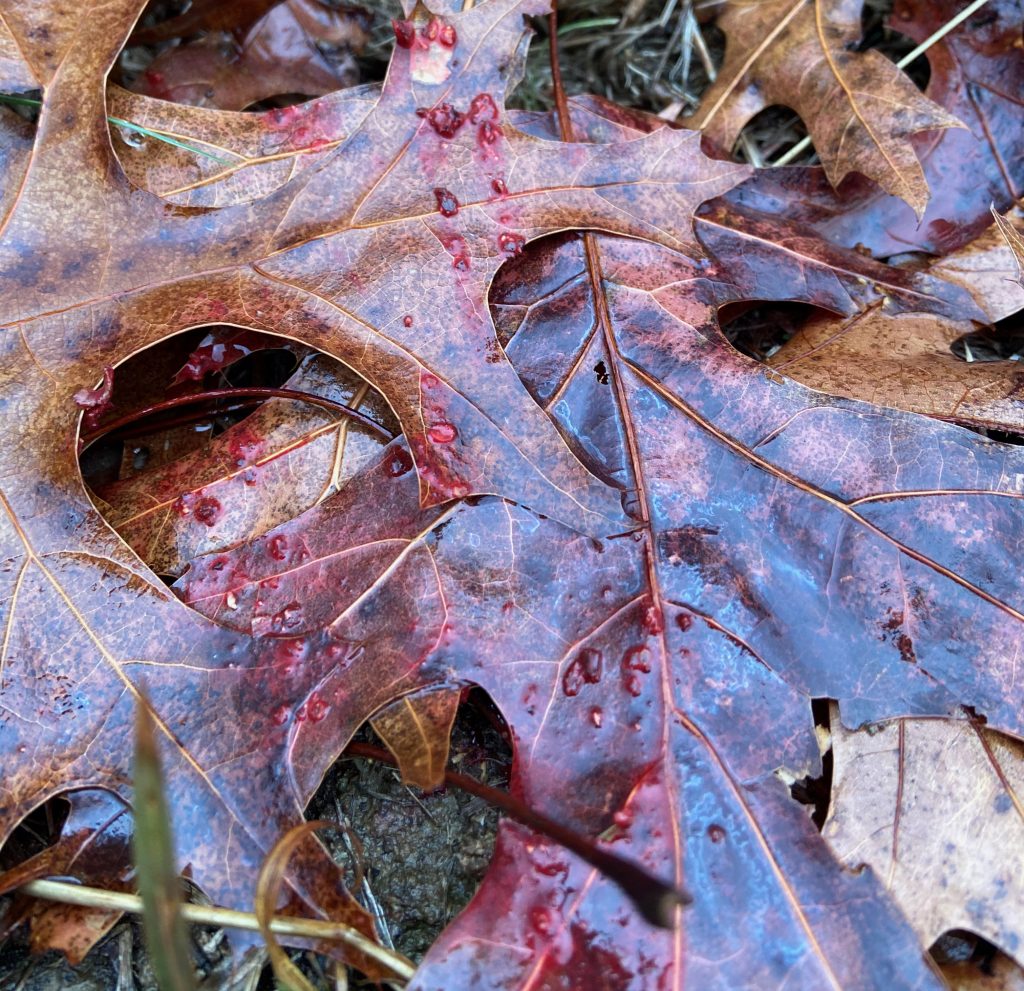
5) They Know A Lot More Than We Even Think We Do
Most people think ‘blood’ is linked to ‘tracking dog,’ and that blood is required to track, but the real value of a professional tracking dog is proven when there is no blood or sign at all. We’ve talked a lot about blood here because the time to wait to track or knowing when to call a tracking dog is the human element. Those decisions are based largely on initial hit signs – those are our decisions that weigh into the probability of tracking success.
Once on a scent, a tracking dog isn’t looking at its watch, it is taking in scent inputs and calculating an equation that we don’t even understand. Body scent, tarsal gland scent, disturbed earth scent, blood scent, interdigital glad scent, musk scent, gas escaping from wound scent – who knows, we never will, and that’s ok. What is important, is that they do.
I’ve shared a lot here, and while I may have seen and experienced a lot between my hunting and tracking career, the one thing I know is that I still don’t know the outcome of any track. As I said before, hunting, and tracking, are all a game of probability and statistics. Weird things happen on marginal shots, and our decisions after the shot factor heavily into the end result—millimeters of anatomy matter when shots aren’t perfect.
I can say with 100% confidence that a professional tracking dog’s nose beats our eyes and pre-conceived notions of what a wounded deer does 100% of the time. Being part of the tracking team proves what deer do and where deer actually go. Uphill or downhill doesn’t matter, going to water doesn’t matter, throw all of those wives’ tales out. We’ve tracked and recovered deer up rock bluffs and on mountain tops. Yes, deer are often found in creek bottoms or near water, but guess what? Water flows downhill, and so does anything moving, naturally because of gravity. Deer are often found in low spots, where water collects, simply because gravity funneled them there as they got weaker and they eventually couldn’t climb.

The bottom line is that there’s no need to speculate when a professional tracking dog resource is likely available. United Blood Trackers is a national organization of trackers that provides testing for tracking dog and handler teams, a summary of regulations by state, and aids for finding trackers near you.
More than once, I’ve heard ‘Jaeger just tracked in two minutes what it took us three hours to cover.’ Yeah, because he knows where it went without looking for red drops.
For more information, visit www.jaegertracks.com, or follow @jaegertracks on Instagram/Facebook/Youtube.
